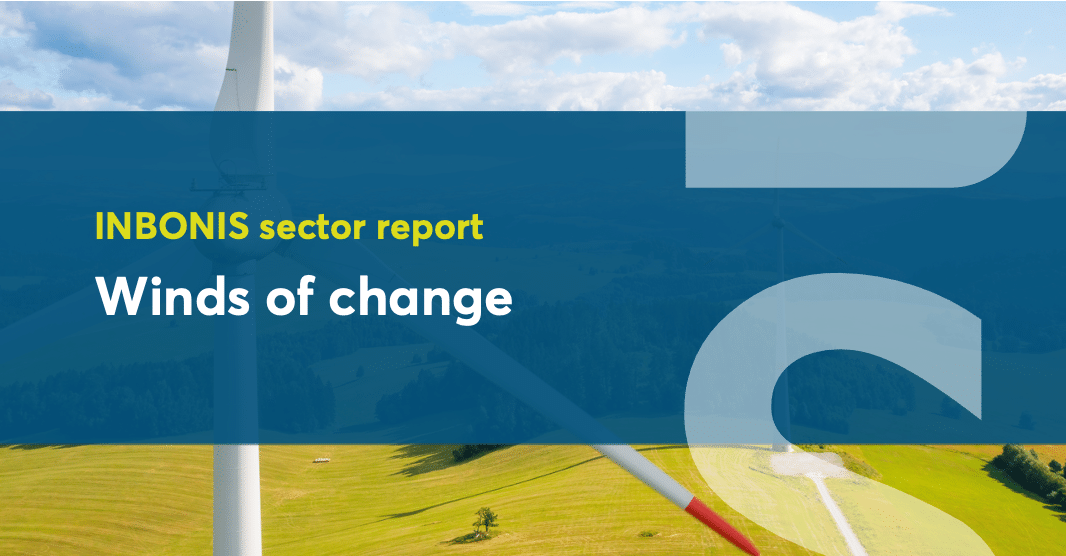The year 2022 was marked by the war between Ukraine and Russia and the ensuing global energy crisis, which emerged in a context where the economy was still recovering from the ravages of the Covid-19 crisis. This environment had a significant impact on wind power installation dynamics, which were affected by rising prices for raw materials and electricity, as well as the bottleneck in the supply chain. The wind sector has shown remarkable resilience in the face of these challenges.
In Spain, a total of 1,670 MW of wind power capacity was installed in 2022, a positive figure, although below the annual rate of 2,200 MW required to comply with the Integrated National Energy and Climate Plan (PNIEC).
Up to 31 December 2022, the total installed wind power capacity in Spain reached 29,813 MW, according to data from the Spanish Wind Energy Association (AEE) based on the criteria of the Act of Commissioning (Acta de Puesta en Servicio). The autonomous regions with the highest installed wind power capacity are Castilla y León with 6,507 MW (22% of the total), Aragón with 4,921 MW (17%) and Castilla-La Mancha with 4,786 MW (16%).
The streamlining of environmental processing in 2022 for new projects has opened up the possibility of a higher growth scenario for wind energy in the coming years, which generates optimism about its role in the global energy transition.
A strong local impact
In Spain, there are currently 1,345 wind farms distributed in 1,053 municipalities, with a total of 22,042 wind turbines installed. This sector has become a driving force for the rural communities where it is installed, employing around 32,000 people. Wind energy has contributed significantly to the reduction of emissions, avoiding the release of 31.7 M tonnes of CO2 in the year.
In the wind power generation ranking by provinces in 2021, Zaragoza leads thanks to the commitment of the Government of Aragon, being the first province in history to exceed 8 TWh of wind power generation. Nationally, 47 provinces generate wind energy, and 21 of them exceed 1 TWh of electricity. The consumption of 285,000 households is covered by 1 TWh.
Wind power had a Capacity Factor of 23.86%, which is equivalent to an average operation of 2,090 hours per year. In 2022, 61,069 GWh wind power was generated in Spain, 1% more than in 2021.
In terms of national market share by generation in 2022, wind energy is the second technology in the mix, representing 22.2%, equivalent to the electricity needed to supply 17 million households.
Aragon led the way in covering electricity demand with 100%, being the first autonomous community to cover its entire demand through wind energy. It was followed by Castile-La Mancha with 64.5% and Navarre with 63.3%.
Wind self-consumption in Spain has experienced notable growth in recent years, driven by social awareness of the importance of renewable energies and regulatory measures that promote their use.
Wind generation has contributed to the reduction of the daily electricity market price.
In 2022, the wind power reduction effect was 31.25 €/MWh, generating a cumulative gross saving of 8,252 million euros for consumers, representing a 15.72% reduction in the price of electricity. These savings were considerably higher than in previous years, mainly due to the significant increase in the cost of natural gas, which raised prices in the Spanish electricity market to an annual record.
During 2022, financial aid played a key role in boosting the development of R&D&I in key sectors such as wind power. These measures became an indispensable resource to foster innovation, mitigate financial risks and promote the sustainability and competitiveness of the industry.
Globally, wind energy continued to expand, consolidating its position as one of the main sources of renewable energy.
With the installation and connection of 77.6 GW of new wind capacity in 2022, total capacity reached 906 GW, experiencing a 9% increase over 2021.
China leads in cumulative onshore wind capacity, followed by the United States and Germany, with Spain in fifth place.
Throughout 2022, the energy crisis triggered by the Russian invasion of Ukraine not only unbalanced the global energy market, but also accelerated the transition to renewables across the European Union. The gradual shift away from fossil fuels has led the EU to increase its climate targets for 2030. In the face of this challenge, there is widespread consensus on the need to expand renewable energy capacity, which has risen from a target of 32% to 42% of the energy system by 2030.
The revision of the National Integrated Energy and Climate Plan (PNIEC) proposes an increase in emissions reductions and more ambitious targets for the decarbonisation of the energy system, giving wind energy the leading role in this transition. With this update, Spain is facing exciting and complex new challenges in the wind sector.
However, this momentum has also generated a year with notable regulatory activity, especially due to the measures adopted to curb price increases and avoid a negative impact on inflation and companies’ financial results.
Finally, we will examine the main advantages and disadvantages of wind energy. In its favour, its renewable nature, low environmental footprint, storage capacity, improved efficiency thanks to technological advances and reduced maintenance costs stand out. However, there is the challenge of the environmental impact caused by wind turbines, which includes both noise and damage to local species, aesthetic concerns related to visual pollution, limited efficiency due to wind variability, location dependence and the need for considerable upfront investment.
INBONIS Rating
INBONIS Rating est la première agence de notation de crédit spécialisée dans les PME et ETI enregistrée et supervisée par l'Autorité européenne des marchés financiers (ESMA). En Europe, seules les agences de notation accréditées par l'ESMA peuvent émettre des notations. Cette accréditation permet à l'agence d'émettre des notes de notation sur des PME et ETI de n'importe quel secteur au sein de l'Union européenne.
